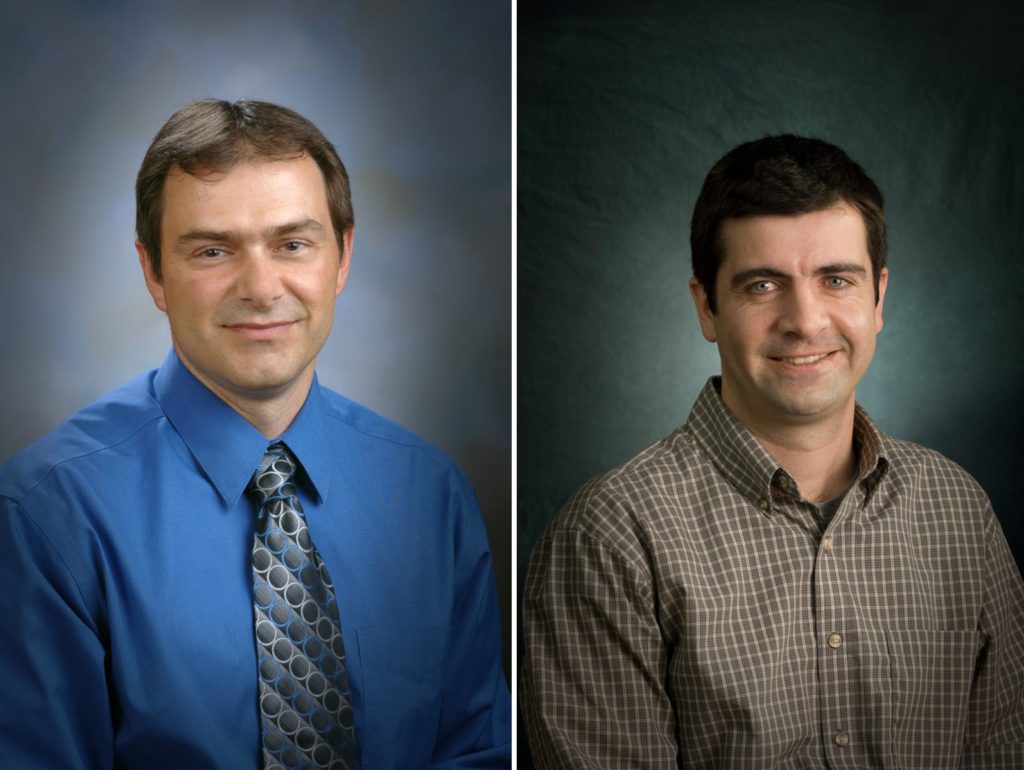Once the sole dominion of sci-fi movies and novels, the subject of deep space exploration and interplanetary colonization has moved several steps closer to becoming a reality thanks to major advances in aerospace engineering, medicine, and physics.
Sending astronauts to the International Space Station for extended missions has provided a wealth of information about keeping humans alive in the challenging environment of space. Back on earth, scientists and engineers attempt to replicate off-world conditions to test limits for more ambitious missions.
To find life or to transport life?
Scientists in the Department of Mechanical Engineering at CSU are working with NASA to understand how to travel greater distances more safely and sustainably into deep space.
From the perspective of Chris McKay, senior planetary scientist at NASA and renowned astrobiologist, the search for evidence of present or past life beyond Earth could represent a separate origin of life. This would not only be a leap in satisfying centuries of human curiosity, but could also lead to scientific advances in medicine.

“If we were to find another example of life that was independent of life on Earth, we would know that the number of life forms in the universe is at least two,” McKay said. “And if it’s two, it’s billions and billions. Anything that’s alive would be phenomenal, anywhere, anything alive, and even if it’s dead, it’s still phenomenal!”
To CSU Mechanical Engineering Professor John Williams, the topic of life on other planets is less about finding it and more about delivering it.
“I didn’t know that believing the Earth is a living, breathing, multi-celled organism needed a hypothesis, but of course it does – because one important definition of something living is that it can replicate itself,” Williams said. “For humans to move Earth into the divide and replicate realm, we need to create an ability for it to set up colonies off of Earth itself.”
The problem of distance
Technology exists to take us into deep space and has already been used for different missions including going to the moon. The challenge is taking its power levels to scale by orders of magnitude and understanding how bigger, higher-powered systems will work in outer space.
The technology – electric propulsion – is a highly fuel-efficient, continual low thrust invention ideally suited for deep space missions. It requires very little propellant to maneuver objects from one point to another compared to conventional rocket propulsion.
NASA’s latest initiative, JANUS
Williams and fellow Mechanical Engineering Professor Azer Yalin will play a significant role in a new NASA space research institute – the Joint Advanced Propulsion Initiative (JANUS) – to advance electric propulsion ground testing as they eye deep space human exploration.
Yalin is one of the project’s co-principal investigators, while Williams will serve as the overall CSU principal investigator and a member of the JANUS Leadership Committee. The university-led institute, headed by Georgia Tech, will join four existing NASA institutes, and receive as much as $15 million over five years. The team is comprised of 12 universities and three private aerospace companies.

Testing power and performance
Establishing a sufficient space-like environment is crucial for evaluating and predicting high-power propulsion system behavior and ensuring mission success. The team will develop strategies and methods to overcome limitations in ground testing of high-power electric propulsion systems and to improve characterization of the wear and performance of the devices. They will use physics-based modeling, high-power thruster testing, novel diagnostic development, and fundamental experiments.
One of CSU’s research goals is to use lasers to make precise atomic level measurements of thruster erosion – an important life-limiting process that constrains distant missions. For ease of transport and implementation at partner facilities, the CSU team will also develop portable diagnostic systems to complement the high-fidelity laser measurements.
The future of deep-space exploration
Did life ever exist on Mars? Could it in the future? What would we find if we went deeper into space?
The opportunities that could be afforded with scaled and space-safe electric propulsion are significant.
The continual, low-thrust technology of electric propulsion offers the ability to establish an interplanetary cargo fleet to move massive payloads and establish modules on the moon or in orbit where humans could live. If the modules were able to support life, they could be turned into bases, providing waystations for astronauts to move deeper into space.
On a greater scale and further into the future, fleets could be used to establish preliminary human colonies on other planets. This could be a first step in determining whether interplanetary colonization is a viable option for humans to survive, or as Williams puts it, to divide and replicate.